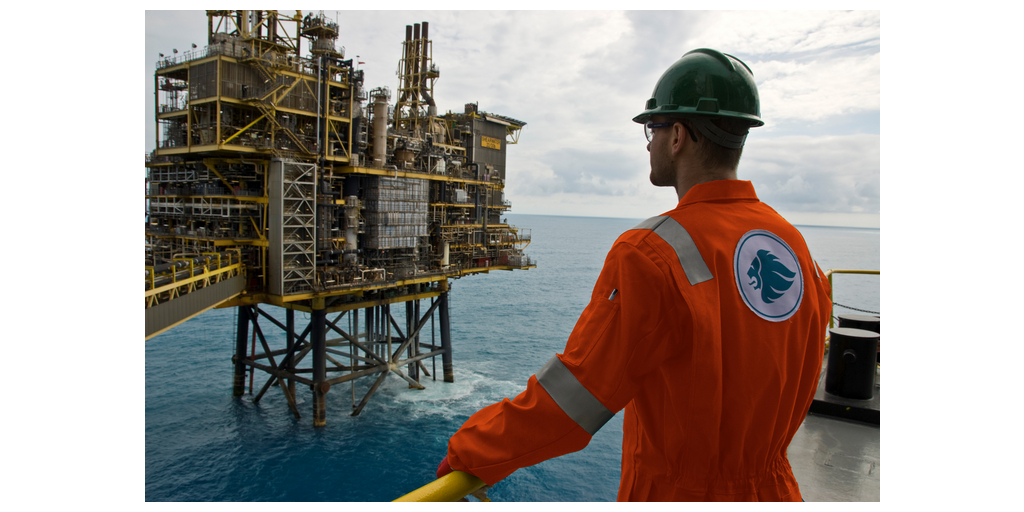BHP has reported a strong September quarter with increased copper and steelmaking coal output, record material mined in Western Australia, and milestone progress at its Jansen potash project in Canada.
Despite lower coal prices, the mining giant remains on track to deliver and meet its full-year guidance, with foundational pipelines across Australia and the Americas.
BHP chief executive officer (CEO) Mike Henry said the company has made a “strong start to the (financial) year”, one highlighted by “disciplined operating performance and execution of scheduled maintenance”.
“Group copper production rose 4 per cent, with record concentrator throughput at Escondida,” he said.
“In iron ore, Western Australia Iron Ore (WAIO) delivered another standout quarter, achieving record material mined while completing critical infrastructure upgrades ahead of schedule.
“In steelmaking coal, production rose 8 per cent, supported by strong mining rates at Broadmeadow and increased stripping at our open-cut mines.”
Copper growth led the quarter. Looking closer, the company experienced a 4 per cent production rise of 494,000 tonnes (t), with Escondida’s record production sitting at 328,900t, and Copper South Australia’s contribution at 72,600t.
Copper SA was driven by improved mine productivity at Olympic Dam and Prominent Hill, with strong smelter and refinery throughput offsetting lower grade, alongside continued integration of the HydroFloat technology at Carrapateena.
Henry noted that Copper SA had entered into its largest renewable electricity agreement, solidifying the company’s progress on its decarbonisation goals for the quarter.
BHP also saw progress in its organic growth options, with approval received for the environmental impact declaration (DIA) for the Laguna Seca expansion at Escondida, marking a major step for sustaining the site’s long-term output.
The company’s WAIO operations also delivered a strong performance, with record material mined (up to 9 per cent), with a major rebuild of Car Dumper 3 at Port Hedland, which was done ahead of schedule.
Progress also continued on the multi-year rail technology program (RTP1) with tie-in activities advancing as scheduled.
Steelmaking coal’s 8 per cent increase reached 4.9 million tonnes, while BHP acknowledged a temporary shutdown of its Saraji South site – due to market conditions and the “unsustainable impact of the Queensland Government’s coal royalties on business returns”.
The Jansen Stage 1 project reached 73 per cent completion and remains on track for production, according to Henry, while Stage 2 is now 13 per cent complete.
“The long-term demand fundamentals for potash are attractive and Jansen is expected to be one of the lowest cost producers,” he said.
On the overall outlook, Henry added that BHP’s strong start to FY26 reflected disciplined operations and execution, adding that the overall macro-economic signals for demand “remain resilient” and global growth forecasts are moving higher.
“While we expect some deceleration in growth in H2 2025, in China we still expect GDP growth of roughly 5 per cent for the year,” he said.
“In copper, major disruption at some of our competitor’s mines have tightened overall market fundamentals, benefitting our world-class portfolio of assets.
“With momentum from a strong first quarter, BHP in on track to deliver on full-year guidance and we are making progress on our growth pipeline across Australia and the Americas.”
Subscribe to Australian Mining and receive the latest news on product announcements, industry developments, commodities and more.




